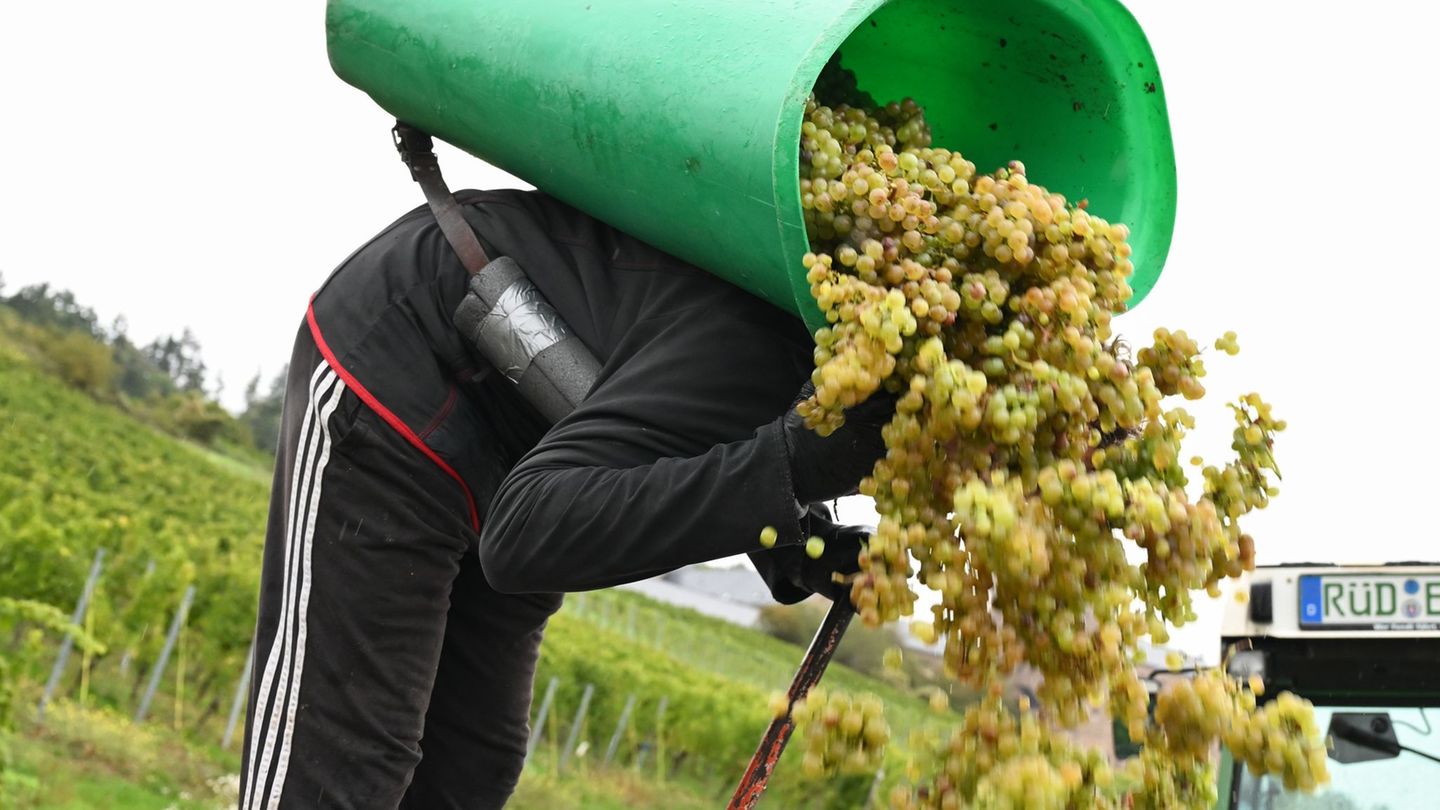More climate protection, less yield: This is how the EU’s plan to make agriculture “greener” can be summarized. This results in additional work for local farms because basic subsidies will in future be linked to environmentally friendly measures, such as more animal welfare, biodiversity and crop rotation. “Every farmer in Austria will have to do more in the future,” said Minister of Agriculture Elisabeth Köstinger (VP) at the press conference with President of the Chamber of Agriculture Josef Moosbrugger and Georg Strasser, Chairman of the Agriculture Committee.
Although Austria has long since taken the path set by the EU, because around a quarter of our total agricultural area is organic (EU average eight percent), one must strive to orientate oneself even more closely to the EU requirements, said Koestinger. “GAP is not improving for every farm in Austria, but we have tried to get the maximum out of it for everyone.” Before Christmas, Austria submitted the national strategy plan to the EU Commission, and feedback from the Brussels committee is expected in the first half of this year . With around 40 percent of the total budget of the EU, the CAP is the second largest budget item in the community. Around 365 billion euros are planned for the period from 2021 to 2027, of which 8.5 billion for Austria.
The Ministry of Agriculture and the Chamber of Agriculture have launched an “information offensive” to familiarize local businesses with the sometimes computationally intensive details of the CAP. This includes a video, information cards for download, appearance on social media channels and events.
Köstinger, Moosbrugger and Strasser emphasized the importance of agriculture in view of a video circulating last week showing the destruction of supermarket meat (the OÖN reported). “If a third of the food ends up in the garbage, I don’t understand the whining about expensive food,” said Moosbrugger and criticized the trade for “actionitis” and “discountitis”. Köstinger also referred to other challenges that farmers are currently facing: the swine fever that is spreading in Europe, sharply increased prices for inputs such as fertilizer and building materials, and the ongoing discussion about climate change.
According to Statistics Austria, there were around 155,900 agricultural and forestry businesses in Austria as of September 2021, ten percent fewer than in 2010. Nine out of ten businesses are family-run, the average cultivated area is 45.1 hectares. This corresponds to around 63 football pitches.
Source: Nachrichten




